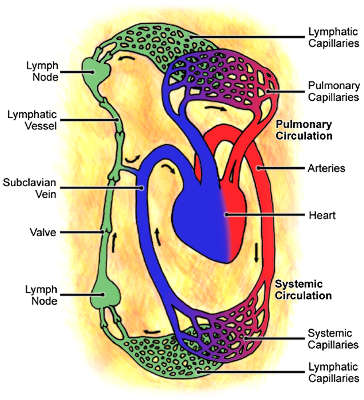How does protein deamination affect atherosclerotic plaque, cardiovascular health, and arterial calcification?
Protein deamination, a process where amino groups are removed from amino acids, can have several implications for cardiovascular health, particularly in the context of atherosclerotic plaque formation and arterial calcification. Here’s how these processes are interconnected:
- Atherosclerotic Plaque Formation:
- Role of Amino Acids: Certain amino acids, especially those containing sulfur (like homocysteine), can influence atherosclerotic processes. Elevated levels of homocysteine, which can result from abnormal protein deamination, are associated with an increased risk of atherosclerosis.
- Inflammatory Response: Deaminated proteins or amino acids might be seen as foreign by the body, triggering an immune and inflammatory response. This inflammation can contribute to the development of atherosclerotic plaques.
- Cardiovascular Health:
- Endothelial Dysfunction: Abnormal protein deamination can lead to the production of substances that are harmful to the endothelial lining of blood vessels. This can result in endothelial dysfunction, a precursor to atherosclerosis.
- Oxidative Stress and Inflammation: The by-products of protein deamination can contribute to oxidative stress and inflammation, which are key factors in the development of cardiovascular diseases.
- Arterial Calcification:
- Calcium Deposition: Certain by-products of protein deamination can contribute to the calcification process in arteries. This calcification can make the arterial walls stiff and less elastic, increasing the risk of hypertension and other cardiovascular problems.
- Vascular Smooth Muscle Cells: Protein deamination influences the behavior of vascular smooth muscle cells, promoting their transformation into a type that deposits calcium, thus contributing to arterial calcification.
